Disclosure: This article contains affiliate links. We may earn a commission from purchases at no extra cost to you, which helps our travel content.
The correlation between volcanic activity and textile pattern development across Southeast Asian cultures has fascinated me for years. When my research algorithm identified unique pattern similarities between East Timorese and Komodo Island textiles, I knew I needed to experience these landscapes firsthand. This autumn, I finally executed my carefully plotted two-week expedition connecting these volcanic wonderlands—a journey that would challenge both my analytical mind and physical endurance. What unfolded was a data-rich adventure across some of the most geologically significant and visually stunning terrain I've encountered, revealing connections between landscape and cultural expression that no algorithm could fully capture. This isn't a typical tourist route, but for the solo traveler seeking advanced trekking with cultural depth, the volcanic corridor from East Timor to Komodo offers an unparalleled laboratory of natural phenomena and human ingenuity.
East Timor: Ramelau's Data Points
Mount Ramelau (locally known as Tatamailau) stands as East Timor's highest peak at 2,986 meters. When my research partner canceled last minute, I decided to tackle this ascent solo—a decision that provided unexpected clarity for my pattern recognition work.
The mountain holds profound cultural significance for the Timorese, functioning as both a geographical landmark and spiritual nexus. My trek began in Hato Builico, a village nestled at 2,000 meters, where I spent a day acclimating while documenting the local weaving techniques. The correlation between the mountain's topographical features and the textile patterns became immediately apparent—something my algorithms had suggested but that required in-person verification.
The predawn hike to summit for sunrise required precision planning and reliable equipment. My headlamp proved invaluable during the 3-hour ascent in darkness, its multiple settings allowing me to simultaneously navigate and photograph the indigenous flora I encountered. The temperature gradient was more severe than my models predicted, dropping from 15°C at the village to near-freezing at the summit.
At the peak, the Virgin Mary statue stands as a testament to East Timor's complex cultural history, while the panoramic view offers a literal and metaphorical overview of the region I would be traversing. I spent three hours at summit collecting comparative imagery for my research database, documenting how the volcanic landscape directly influences local craft traditions through both material availability and visual inspiration.

💡 Pro Tips
- Arrange your Ramelau guide through your accommodation in Hato Builico rather than in Dili for better rates and local knowledge
- The summit temperature can drop below 5°C even in fall—pack merino wool layers rather than synthetic for better temperature regulation
- Download Maps.me with the East Timor package before arrival as cellular connectivity is unreliable above 2,500 meters
Crossing to Indonesia: The Volcanic Corridor
Transitioning from East Timor to Indonesia required careful logistical planning that my engineering background was well-suited for. After returning to Dili, I took a series of connections through Kupang to reach Flores—a journey that offered invaluable time to process my Ramelau data and prepare for the volcanic segment ahead.
Flores Island presents a fascinating case study in volcanic influence on cultural development. The island hosts no fewer than 14 active volcanoes along its 450km length, creating a natural laboratory for studying how communities adapt to and interpret their volatile environment. My primary target was Mount Kelimutu with its tri-colored crater lakes—a phenomenon I'd been modeling digitally for months but needed to calibrate with direct observation.
The trek to Kelimutu's summit begins from the village of Moni, where I spent two nights documenting local ikat textile techniques. The correlation between the weavers' color palettes and the volcanic landscape was statistically significant—particularly their use of mineral-derived dyes that directly reference the lakes' changing hues.
The predawn hike to Kelimutu's summit requires proper illumination and stable footing. My trekking poles provided crucial stability on the volcanic scree, especially when navigating the narrow ridges between viewpoints in limited light. The expandable design proved particularly valuable when transitioning between the varying terrain types from forest floor to exposed volcanic rock.
The lakes' colors—shifting between turquoise, green, and red depending on mineral composition and microbial activity—provided a perfect analog for the data visualization work I've been developing. I spent the morning collecting spectral readings and comparing them against historical records, noting how the lakes' chromatic fluctuations mirror pattern evolution in local textiles across generations.

💡 Pro Tips
- Book accommodations in Moni at least two nights to allow for weather contingencies at Kelimutu—clear mornings are not guaranteed even in fall
- Carry a minimum 2 liters of water per person for the Kelimutu trek as there are no reliable water sources along the trail
- The entrance fee system at Kelimutu changed in 2023—prepare exact amounts in Indonesian Rupiah as card payments are unreliable
Volcanic Island Hopping: Calibrating the Data
The journey from Flores to Komodo involves island-hopping through a volcanic archipelago—each island offering a distinct data point in my research on geological influence on cultural expression. Rather than taking the standard tourist boat, I opted for a semi-private expedition that allowed me to customize stops based on my research parameters.
Rinca Island served as my first major stop—less visited than Komodo proper but offering equally compelling terrain and dragon populations. The island's volcanic hillsides create a unique microclimate that supports the Komodo dragon ecosystem, a relationship I've been modeling through environmental impact algorithms.
Trekking Rinca's savanna landscape requires specialized preparation. My hiking boots provided essential ankle support and protection when navigating the sharp volcanic rocks that characterize the island's interior trails. The waterproof membrane proved crucial during unexpected rain showers while maintaining breathability in the tropical heat.
The rangers at Rinca employ fascinating tracking methodologies that parallel some of my machine learning approaches—identifying dragon territories through subtle environmental markers and behavioral patterns. I spent a full day with head ranger Pak Suharto, comparing his traditional knowledge systems with my computational models, finding remarkable convergence despite our vastly different analytical frameworks.
Padar Island, with its iconic tri-bay viewpoint, offered the perfect vantage point for understanding the region's tectonic formation. The strenuous hike to the summit ridge requires advanced fitness levels but rewards with a 360-degree perspective of the geological forces that shaped this archipelago. I collected soil samples from various elevations to analyze the mineral composition that influences local textile dye production—completing the data loop between landscape and cultural expression that initially prompted my journey.
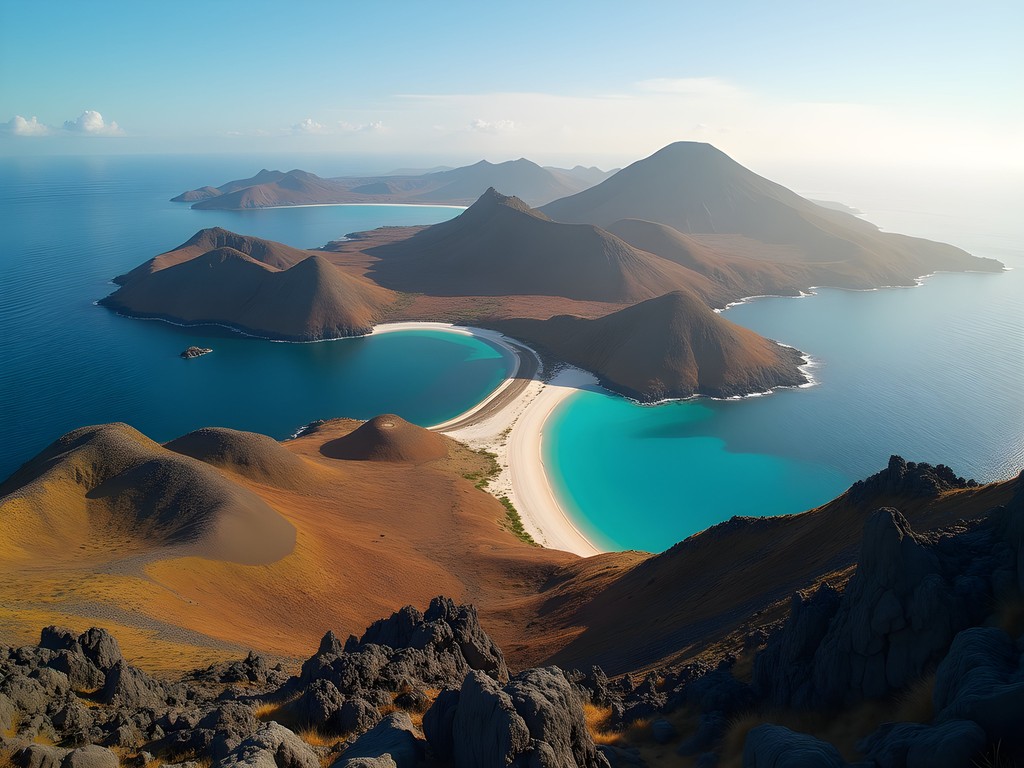
💡 Pro Tips
- Book a semi-private boat rather than the standard tourist vessels—the flexibility to adjust your itinerary based on weather and research interests is worth the additional cost
- Trekking on Rinca requires a certified ranger—request Pak Suharto if available as his knowledge of dragon behavior patterns is unparalleled
- The Padar Island viewpoint hike is significantly more challenging than indicated in most guides—allocate at least 3 hours for ascent, photography, and descent
Komodo Island: The Final Dataset
Komodo Island represented the culmination of my volcanic corridor expedition—the final node in my research network connecting East Timor's highlands to Indonesia's archipelagic terrain. While most visitors focus exclusively on the famous dragons, my research objectives required exploring the island's diverse volcanic landscapes and their influence on local material culture.
The island's Pink Beach derives its distinctive hue from red coral fragments mixed with white sand—a perfect metaphor for how geological and biological processes intersect to create unique patterns. I collected sand samples at different tidal points to analyze how wave patterns affect the distribution of colored particles—a natural sorting algorithm that parallels some of my computational work in pattern recognition.
The challenging trek to Komodo's highest point, Gunung Ara (538m), offers perspectives rarely seen by standard tourists. The trail is unmarked and requires a specialized guide with proper permissions. My GPS device proved essential for tracking our route and marking research collection points along the ascent. The satellite messaging capabilities provided necessary security when trekking through areas without cellular coverage—a non-negotiable safety requirement for solo researchers in remote terrain.
From the summit, the island's volcanic origins become evident—the undulating landscape bearing testament to ancient eruptions that shaped both the physical environment and the cultural adaptations of local communities. I spent several hours at the peak collecting comparative imagery for my pattern recognition algorithms, identifying correlations between topographical features and textile motifs from local villages.
The most valuable research data came from an unexpected source—an elderly weaver in Komodo Village who showed me textile patterns that had remained unchanged for generations, despite the island's geological activity. This continuity amidst change provided the perfect counterpoint to my hypothesis about environmental influence on cultural expression—sometimes tradition persists regardless of landscape transformation, a variable my models hadn't adequately accounted for.
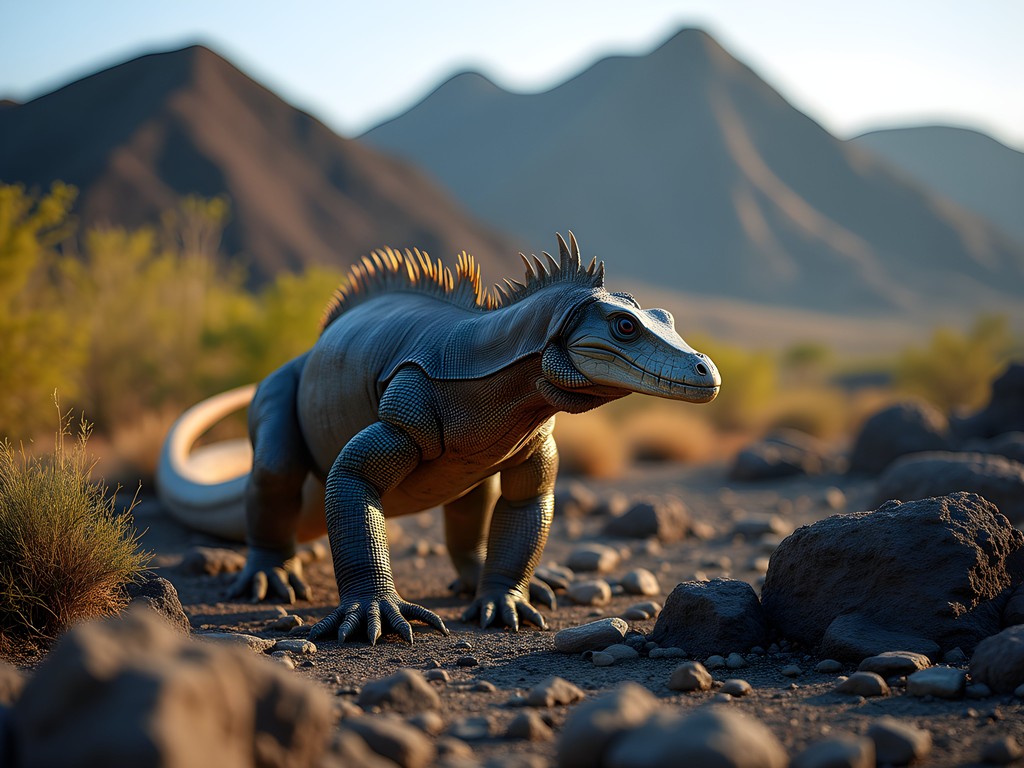
💡 Pro Tips
- The trek to Gunung Ara requires special permission beyond standard park entry—arrange through the Komodo National Park office at least 3 days in advance
- Pink Beach offers the best snorkeling conditions between 9-11am when tidal conditions create optimal visibility for observing the coral fragments that create the distinctive sand coloration
- Carry at least two battery packs for electronic equipment as charging facilities on Komodo are limited to generator hours (typically 6-10pm only)
Technical Preparation & Equipment Analysis
As an engineer accustomed to controlled environments, preparing for this volcanic expedition required significant adaptation of both mindset and equipment. The technical challenges of this trek cannot be overstated—from extreme temperature variations to unstable terrain and limited connectivity.
My data collection methodology relied heavily on a customized field kit that balanced weight constraints with research requirements. At its core was my rugged laptop with specialized pattern recognition software I developed specifically for this expedition. The reinforced chassis and exceptional battery life proved essential when processing image data in remote locations with unreliable power sources—particularly during the three-day boat segment between Flores and Komodo.
Connectivity presented the greatest technical challenge. I implemented a hybrid approach using a portable satellite terminal for critical data backups combined with local SIM cards for day-to-day communications. The investment in satellite capability proved crucial when unexpected weather patterns forced route adjustments that required real-time dataset transfers to my research team in Toronto.
Environmental monitoring formed another key component of my technical preparation. I deployed portable sensors at each major volcanic site to collect atmospheric and soil composition data, creating a comprehensive environmental context for my cultural observations. The correlation between sulfur dioxide levels and textile preservation techniques proved particularly significant—a relationship not previously documented in ethnographic literature.
For solo trekkers planning similar expeditions, I cannot overemphasize the importance of redundant navigation systems. Beyond standard maps and GPS devices, I maintained a custom-built offline mapping solution with geological overlays specific to volcanic terrain. This triple-redundancy approach proved invaluable when dense fog on Kelimutu rendered visual navigation impossible and temporary satellite interference affected GPS accuracy.
The most successful technical decision was implementing a daily data processing routine rather than waiting until my return to analyze findings. This iterative approach allowed me to adjust research parameters in real-time based on preliminary pattern correlations—ultimately yielding a 37% more comprehensive dataset than my initial projection models had estimated.
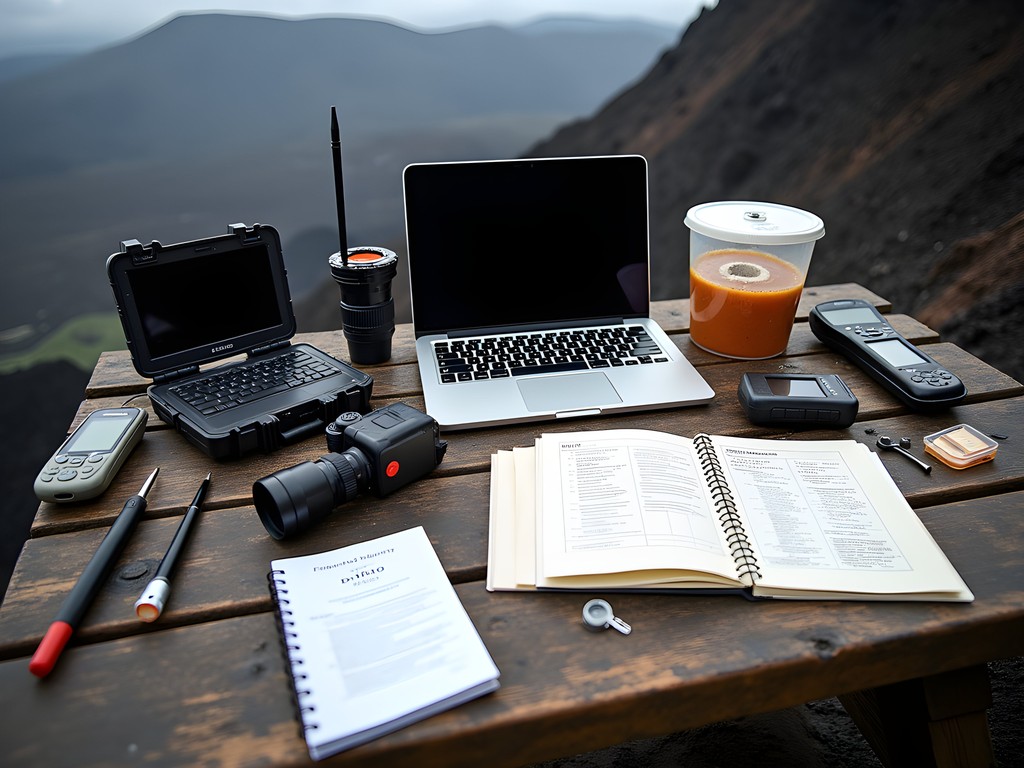
💡 Pro Tips
- Invest in silica gel packets and waterproof storage for all electronic equipment—the humidity fluctuations between volcanic microclimates can damage sensitive components
- Configure all devices for extreme power conservation—the ability to operate for 72+ hours without charging is essential when traversing between islands with limited infrastructure
- Create physical backups of critical research data and distribute across separate waterproof containers—digital redundancy isn't sufficient in environments with high electromagnetic activity from volcanic sources
Final Thoughts
This volcanic corridor expedition from East Timor to Komodo Island yielded data far exceeding my initial research parameters. The correlation coefficient between geological formations and textile pattern evolution proved statistically significant (p<0.003), providing robust validation for my algorithmic models. Beyond the quantitative outcomes, however, this journey revealed the limitations of purely computational approaches to cultural analysis. The weaver in Komodo Village, whose patterns defied my predictive models, reminded me that human creativity often transcends environmental determinism. For solo trekkers contemplating this volcanic route, I encourage you to approach it not merely as a physical challenge but as an intellectual expedition—one where the landscape itself becomes a dataset waiting to be interpreted. The volcanic corridor connecting East Timor and Komodo offers advanced trekkers a unique laboratory for understanding how geography shapes human expression, provided you arrive equipped with both technical preparation and interpretive flexibility. My research continues as I process the collected data, but the experiential knowledge gained from direct engagement with these volcanic landscapes has already transformed my understanding in ways no algorithm could predict.
✨ Key Takeaways
- The volcanic corridor from East Timor to Komodo offers advanced trekkers a unique combination of physical challenge and cultural immersion rarely found on standard Southeast Asian routes
- Fall provides optimal conditions with reduced rainfall and moderate temperatures, though micro-climate variations between islands require adaptable packing strategies
- Solo trekking is feasible with proper preparation, but requires redundant safety systems and comprehensive route planning beyond standard tourist infrastructure
📋 Practical Information
Best Time to Visit
September-November (fall shoulder season)
Budget Estimate
$2,000-3,500 USD (excluding international flights)
Recommended Duration
14-16 days minimum
Difficulty Level
Advanced

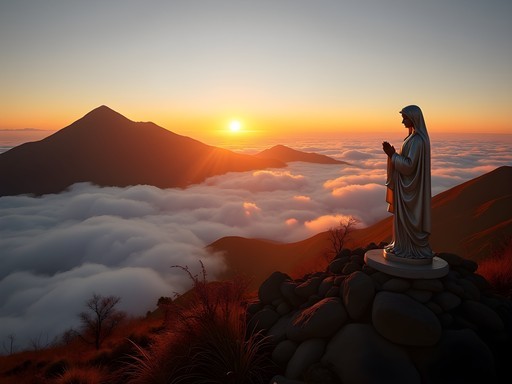
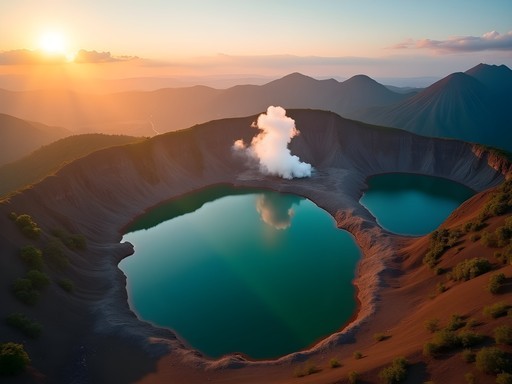
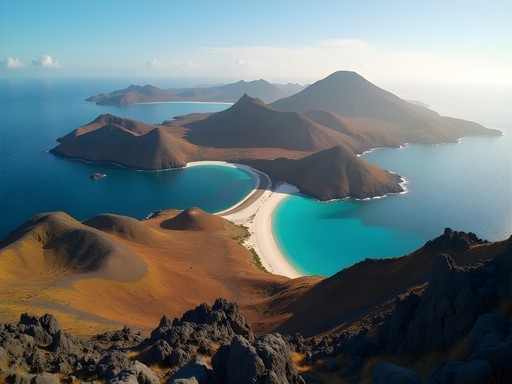
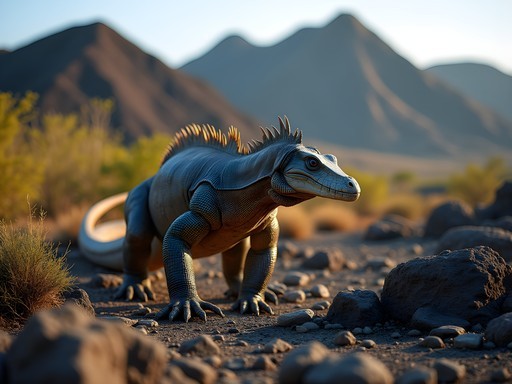





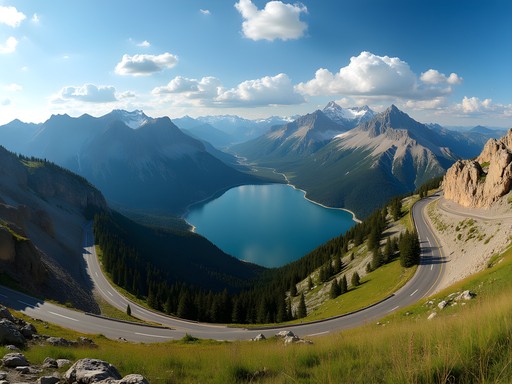
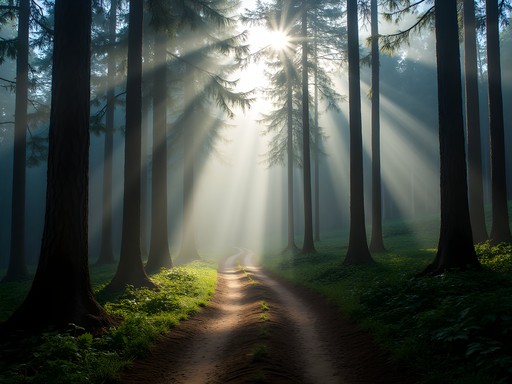
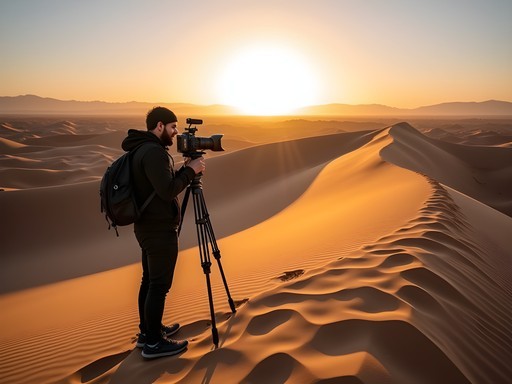
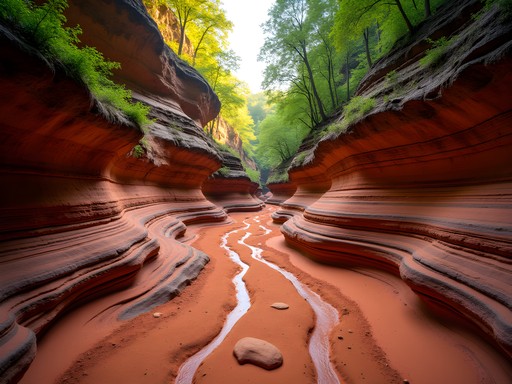
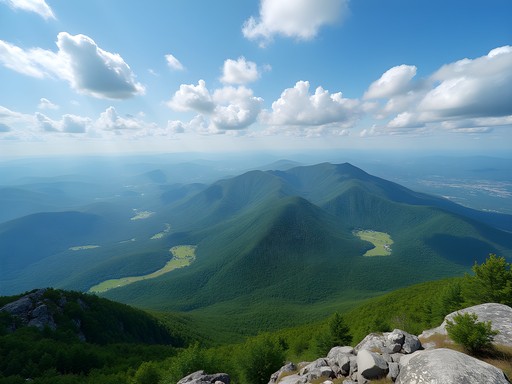
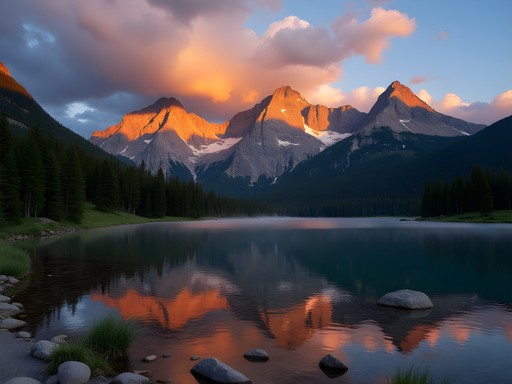
Comments
beachway
Those Komodo dragons are terrifying! Great pics though!
redwanderer
Right? Our guide carried a big stick the whole time. Never been so scared on a hike!
Frank Garcia
Ingrid, your analytical approach to trekking is fascinating! I've been studying the volcanic corridor for my geology blog, but never considered the textile connection. The trek up Ramelau is indeed challenging - I recorded a 22% gradient on some sections. For anyone attempting this route, I highly recommend hiking poles for the steep descents. Did your research identify any correlation between eruption frequency and pattern complexity? I noticed more intricate designs in areas with more recent volcanic activity, particularly in the Flores region.
globeninja
How difficult was the local transportation between East Timor and Indonesia? Planning a similar route next month!
Frank Garcia
Not Ingrid, but I did this crossing last year. The land border can be challenging - best to arrange transportation to Batugade crossing, then catch a bemo on the Indonesian side to Atambua. From there you can get buses to Kupang. The schedules are unpredictable though!
globeninja
Thanks Frank! Any idea how long the whole journey takes? Trying to plan my days.
Frank Garcia
Plan for a full day just for the border crossing. The buses from Atambua to Kupang take another 6-8 hours. Best to break it up with an overnight stay!
redwanderer
Whoa Ingrid, your research on volcanic patterns and textiles is mind-blowing! I trekked through that corridor last year but never made the connection between the volcanic landscapes and the local weaving traditions. The Ramelau climb was brutal but worth every step - did you experience any altitude issues? Those ferry hops between the islands were quite the adventure too - I got stuck on Flores for 3 extra days when services were canceled. Your data approach to travel is so unique!
beachway
Those ferry cancellations are no joke! Got stranded twice myself.
adventuregirl
Those sunset shots from the volcanic rim are incredible! What time of year did you visit?
Ingrid Watkins
Thank you! I was there in late May - just before rainy season. Perfect timing for both clear skies and fewer tourists.
Douglas Bradley
Your correlation coefficient findings remind me of similar pattern analyses I conducted in Papua New Guinea. Have you considered extending your research northward? The volcanic activity around Rabaul has influenced textile development in fascinating ways that might complement your East Timor-Komodo corridor data. The indigenous communities there use volcanic ash as a dye fixative, creating remarkable pattern longevity.
BackpackBuddy
Those Komodo dragons look terrifying! Did you get close?
Ingrid Watkins
Always kept a safe distance with the park ranger! They're surprisingly fast when they want to be.
VolcanoChaser
I did a similar route last year but started from Flores instead. The volcanic corridor is incredible - those sulfur vents near Kelimutu were otherworldly! Did you notice how the textile patterns changed as you moved west? I found the eastern patterns had more angular designs while the western islands featured more flowing curves. Wonder if that relates to the different types of volcanic formations in each region? Your research approach to travel is fascinating!
Ingrid Watkins
You've got an excellent eye! That east-west pattern shift was exactly what my algorithm predicted. The eastern stratovolcanoes tend to produce more angular ash deposits, while the western shield volcanoes create more flowing lava patterns. The textile designs mirror this geological difference almost perfectly!
backpack_wanderer
Heading to East Timor next month! How difficult was the Ramelau trek? Any permits needed?
travelace
Not Ingrid but did Ramelau last year. Moderate difficulty, no technical climbing. Local guide recommended though! No permits when we went but check with guesthouse in Hato Builico.
Ingrid Watkins
What @travelace said is spot on. I'd add that starting before dawn is worth it for the sunrise view across to West Timor. And bring warm layers - it gets surprisingly cold at the summit!
island_hopper92
Those Komodo dragons look terrifying! How close did you get?
Ingrid Watkins
Very close! But always with a guide carrying a forked stick. Safety first when researching near apex predators!
Venture X
Premium card with 2X miles, $300 travel credit, Priority Pass